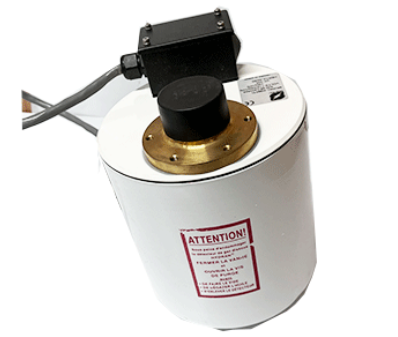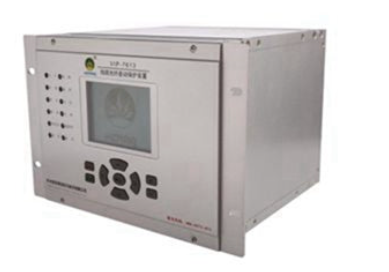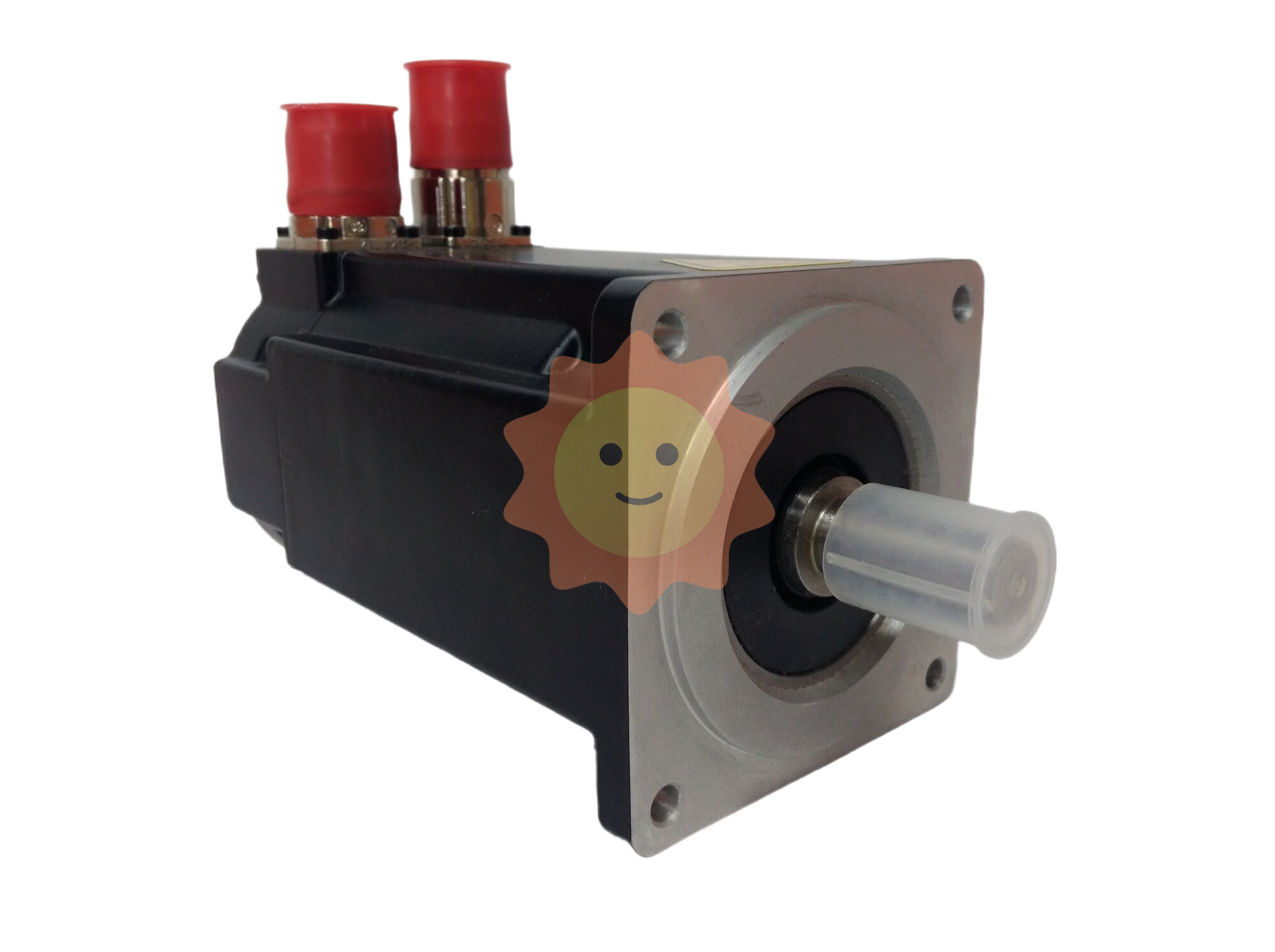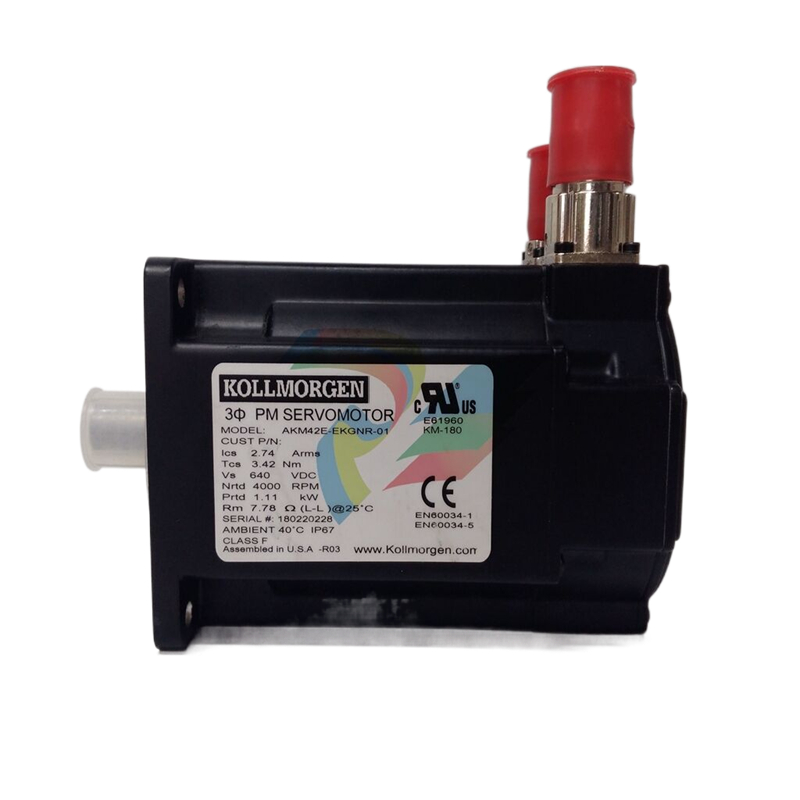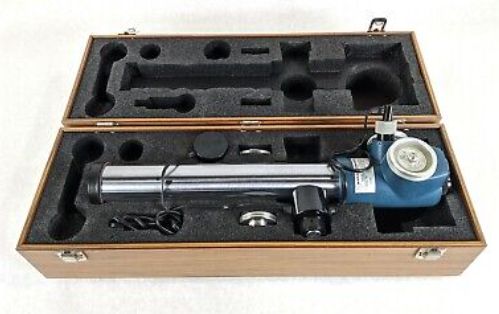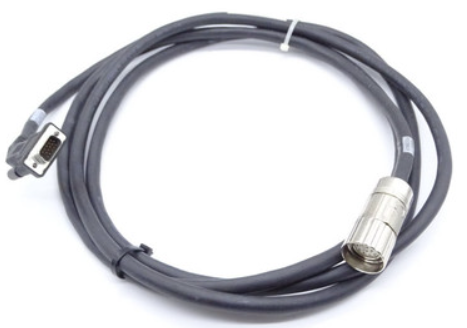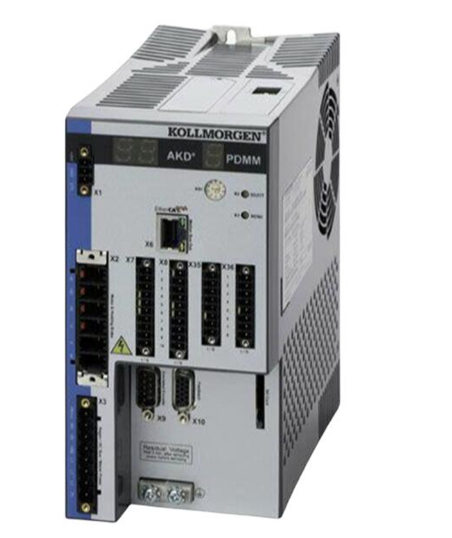Methane reduction
What is methane abatement?
Oil, gas and coal mining operations release large amounts of methane, a potent greenhouse gas, either by accident or design. Equipment and operational techniques can be applied across production chains to reduce these emissions, and because methane (natural gas) is a valuable commodity, this can often be done at no cost or even at a profit.
What is the role in clean energy transitions?
Methane has a much shorter atmospheric lifetime than CO2 but is a much more potent greenhouse gas. The energy sector is a major source of methane emissions from human activity, second only to agriculture. Much of this methane escapes with little effort to trap it, even when gas markets are exceptionally tight.
What are the challenges?
While methane emissions are diffuse and highly variable, making the magnitude of emissions uncertain, abatement technologies are reasonably well known. The challenge is to incentivise the deployment of these abatement technologies via voluntary or regulatory means.
Methane emissions from the global energy sector rose to nearly 135 Mt in 2022
The global energy sector was responsible for nearly 135 million tonnes of methane emissions in 2022, a slight rise from the amount in 2021. Coal, oil and natural gas operations are each responsible for around 40 Mt of emissions and nearly 5 Mt of leaks from end-use equipment. Around 10 Mt of emissions comes from the incomplete combustion of bioenergy, largely from the traditional use of biomass. The energy sector is responsible for nearly 40% of total methane emissions attributable to human activity, second only to agriculture
There is a huge opportunity to cut methane emissions from the energy sector. We estimate that around 70% of methane emissions from fossil fuel operations could be reduced with existing technology. In the oil and gas sector, emissions can be reduced by over 75% by implementing well-known measures such as leak detection and repair programmes and upgrading leaky equipment. In the coal sector, more than half of methane emissions could be cut by making the most of coal mine methane utilisation, or by flaring or oxidation technologies when energy recovery is not viable。
Methane is responsible for around 30% of the rise in global temperatures since the Industrial Revolution, and rapid and sustained reductions in methane emissions are key to limiting near-term global warming and improving air quality. The energy sector accounts for nearly 40% of methane emissions from human activity and we estimate that it was responsible for nearly 135 million tonnes (Mt) of methane emissions in 2022, a slight rise from the amount in 2021.
Under the Net Zero Emissions by 2050 (NZE) Scenario, total methane emissions from fossil fuel operations fall by around 75% between 2020 and 2030. Policy makers have at their disposal well-established policy tools that have been demonstrated as effective in driving reductions in these emissions in many contexts, including leak detection and repair programmes, technology standards and bans on non-emergency flaring and venting.
The IEA’s Global Methane Tracker is an indispensable tool in the fight to bring down emissions from across the energy sector. This year’s update provides our latest estimates of emissions from across the sector – drawing on the more recent data and readings from satellites and ground-based measurements – and the costs and opportunities to tackle these emissions. For the first time the Tracker includes the opportunities and costs to reduce emissions from coal supply, allowing for a comprehensive overview of abatement options for fossil fuel operations.
- EMERSON
- Honeywell
- CTI
- Rolls-Royce
- General Electric
- Woodward
- Yaskawa
- xYCOM
- Motorola
- Siemens
- Rockwell
- ABB
- B&R
- HIMA
- Construction site
- electricity
- Automobile market
- PLC
- DCS
- Motor drivers
- VSD
- Implications
- cement
- CO2
- CEM
- methane
- Artificial intelligence
- Titanic
- Solar energy
- Hydrogen fuel cell
- Hydrogen and fuel cells
- Hydrogen and oxygen fuel cells
- tyre
- Chemical fiber
- dynamo
- corpuscle
- Pulp and paper
- printing
- fossil
- FANUC
- Food and beverage
- Life science
- Sewage treatment
- Personal care
- electricity
- boats
- infrastructure
- Automobile industry
- metallurgy
- Nuclear power generation
- Geothermal power generation
- Water and wastewater
- Infrastructure construction
- Mine hazard
- steel
- papermaking
- Natural gas industry
- Infrastructure construction
- Power and energy
- Rubber and plastic
- Renewable energy
- pharmacy
- mining
- Plastic industry
- Schneider
- Kongsberg
- NI
- Wind energy
- International petroleum
- International new energy network
- gas
- WATLOW
- ProSoft
- SEW
- wind
- ADVANCED
- Reliance
- YOKOGAWA
- TRICONEX
- FOXBORO
- METSO
- MAN
- Advantest
- ADVANCED
- ALSTOM
- Control Wave
- AB
- AMAT
- STUDER
- KONGSBERG
- MOTOROLA
- DANAHER MOTION
- Bently
- Galil
- EATON
- MOLEX
- Triconex
- DEIF
- B&W
- ZYGO
- Aerotech
- DANFOSS
- KOLLMORGEN
- Beijer
- Endress+Hauser
- MOOG
- KB


Email:wang@kongjiangauto.com



